Termites in Mulch: Are You Attracting These Pests?
Mulch plays a significant role in gardening as part of a mulching strategy, improving the appearance of plants while helping to keep moisture in the soil, aiding in wood decay and termite prevention around the house. However, I learned that the presence of termites in mulch can be a major risk for both my house and my garden, especially concerning the boards used in DIY projects and the buffer area. These pests, including subterranean termites, have existed for millions of years, primarily feeding on decaying plant matter and wood, while mulch attract termites and contribute to the termite problem as termites feast.
As I learned more, I realized that using organic mulch in my house might attract termites. Understanding their habits is crucial for any gardener. By taking preventive measures like using landscape mulch and best mulch, I can protect my plants from subterranean termites and my property from mulch piles. In this post, I will share tips on how to manage termites in mulch effectively so you can keep your garden thriving without worry.
Key Takeaways
- Termites are attracted to organic mulch, so consider using non-organic options or treated wood to reduce the risk of infestation.
- Many common myths suggest that mulch always attracts termites; however, proper maintenance and placement can mitigate this risk.
- Regularly inspect your mulch for signs of termite activity, such as mud tubes or damaged wood, to catch infestations early.
- Explore chemical treatments like termiticides for severe infestations of subterranean termites, but also consider non-chemical methods like nematodes or beneficial insects for a more eco-friendly approach, especially around mulch piles or cypress mulch.
- Place mulch at least six inches away from the foundation of your home to create a barrier against termite entry.
- Rubber mulch can be a good alternative as it does not decompose and is less attractive to termites, but weigh its pros and cons carefully before making a choice.
Understanding Termites and Mulch
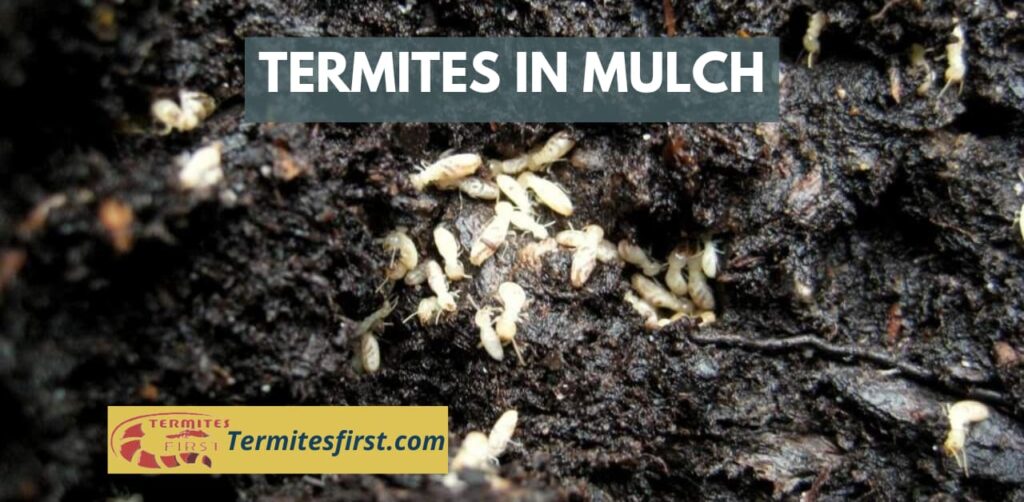
Habitat Preference
Termites thrive in moist environments. They prefer areas with high humidity. Their natural habitat often includes decaying wood, leaf litter, mulch piles, and soil. I find it fascinating how these insects play a crucial role in breaking down organic material in mulch piles. This decomposition process is vital for the ecosystem.
Moisture is essential for termites’ survival. Without it, they cannot live long. They need to keep their bodies wet, like mulch piles, to prevent dehydration. This is why they often inhabit areas near water sources, mulch piles, or damp soil.
Mulch’s Role
Mulch does not inherently attract termites. However, it can create conditions that favor them. When mulch accumulates, it retains moisture. This moist environment, especially near mulch piles, can be appealing to termites looking for a place to establish a colony.
The real concern arises when mulch lies against the foundation of a home. It can act as a bridge for termites to reach wooden structures, including mulch piles. I have seen this happen in my neighborhood. Homes with mulch piled too close to the foundation often face termite issues.
Conditions for Infestation
Certain conditions increase the likelihood of finding termites in mulch piles. For instance, if the mulch is old and decaying, it may harbor termites. They feed on decomposing wood and organic matter found in mulch.
If there are nearby trees or shrubs, they may attract termites as well. These plants provide shelter and food sources for them. In my experience, keeping an eye on landscaping can help prevent infestations.
Another factor is moisture retention in mulch. If it remains damp due to rain or watering, it becomes an ideal spot for termites. Homeowners should monitor the moisture levels in their mulch beds regularly.
Prevention Tips
To prevent termite attraction through mulch, consider these steps:
- Keep mulch at least 6 inches away from the foundation.
- Use inorganic materials like gravel as a barrier.
- Regularly inspect mulch for signs of termite activity.
- Avoid overwatering plants near mulched areas.
Common Myths About Mulch and Termites
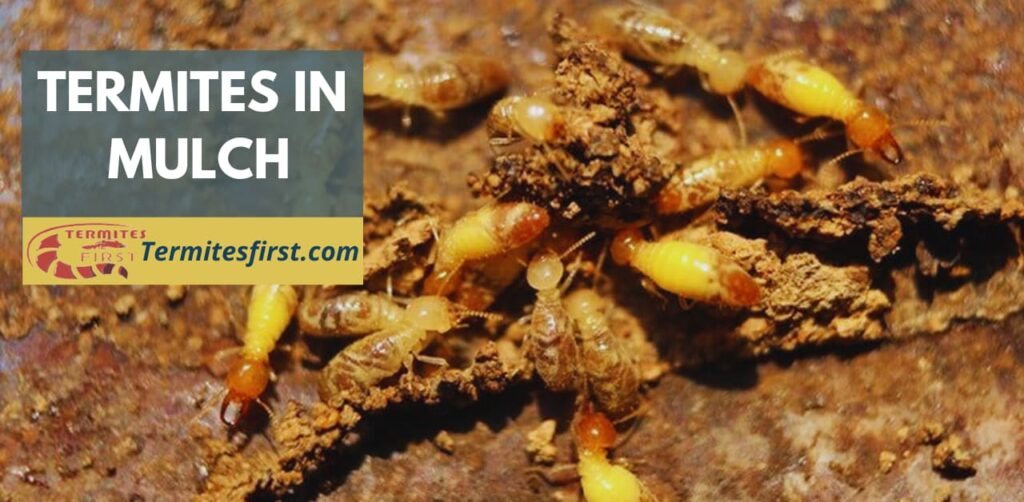
Mulch Infestation Myth
Many believe that mulch causes termite infestations. This idea is misleading. Mulch itself does not attract termites. Termites seek out wood or cellulose materials for food. They prefer decaying wood, which is often found in soil or structures.
From my experience, I have seen gardens thrive with mulch without any signs of termites. Healthy mulch can actually help retain moisture and improve soil health. It creates a barrier against weeds but does not lure in pests like termites.
Termite Survival Misconception
Another common misconception is that termites can easily thrive in mulch. While they may find shelter there, they do not live off it. Termites require wood to feed on. They do not get their nutrients from mulch alone.
In fact, studies show that termites are more likely to infest wooden structures than areas with mulch. They need a source of food nearby, which is usually found in the form of wood or other cellulose-rich materials.
Varied Mulch Risk Levels
Not all types of mulch pose the same risk for attracting termites. Organic mulches, like wood chips or bark, can sometimes provide a habitat for termites. However, this does not mean they will automatically lead to an infestation.
I often choose inorganic mulches like rubber or gravel for areas close to my home. These options do not break down as quickly and are less appealing to termites. Using these materials can reduce potential risks while still providing benefits like moisture retention.
Here’s a quick list of different types of mulch and their risks:
- Organic Mulch (wood chips, bark): Can attract termites if near wood.
- Inorganic Mulch (gravel, rubber): Low risk for termite attraction.
- Cedar Mulch: Contains natural oils that repel some insects.
Understanding these differences helps homeowners make informed choices about landscaping materials.
Types of Mulch and Their Impact
Organic Mulch
Organic mulch includes materials like wood chips, straw, and grass clippings. This type of mulch retains moisture well. It can keep the soil cool and reduce evaporation. I often use organic mulch in my garden because it helps plants thrive.
Organic materials break down over time. They improve soil health by adding nutrients. However, they can also attract pests, including termites. Termites are drawn to decaying wood and organic matter. Therefore, using organic mulch requires careful monitoring.
Inorganic Mulch
Inorganic mulch consists of materials like gravel, stones, or landscape fabric. This type does not decompose. It provides excellent moisture retention but lacks nutrient benefits. I have noticed that my inorganic mulched areas stay drier compared to organic ones.
Inorganic materials do not attract termites as readily as organic options do. They create a barrier that prevents pests from accessing the soil beneath. This can be a smart choice for homeowners worried about termite infestations.
Soil Health
Different types of mulch affect soil health in various ways. Organic mulch enriches the soil as it decomposes. It promotes beneficial microorganisms that support plant growth. In contrast, inorganic mulch does not contribute nutrients but helps maintain soil structure.
Healthy soil is vital for plant development. It supports root systems and improves water retention. I believe that choosing the right mulch is crucial for a thriving garden.
Pest Populations
Mulch impacts pest populations significantly. Organic mulches can create a habitat for insects and other pests. This can lead to an increase in unwanted visitors like termites. On the other hand, inorganic mulches tend to deter many pests due to their dry nature.
e organic mulches can harbor beneficial insects too. These insects help control harmful pests naturally. A balanced approach is essential when selecting mulch types.
Termite-Resistant Mulch
Certain types of mulch are less likely to harbor termites. Inorganic options like rubber mulch or gravel are ideal choices. These materials do not provide food sources for termites and help prevent their establishment.
Cedar and cypress wood chips are also known to be more resistant to termites than other woods. They contain natural oils that deter these pests effectively.
Identifying Termite Infestation Signs
Visual Indicators
Termites leave clear signs of their presence. Mud tubes are one of the most common indicators. These tubes connect termite nests to food sources. They often appear like small, pencil-sized tunnels made from soil and wood particles.
Damaged wood is another sign. Wood that sounds hollow when tapped may indicate a serious termite problem. I once found some wood in my garden that felt soft and crumbly. It turned out to be infested with termites. The damage was extensive, and it required immediate attention.
Sounds of Termites
Termites also make distinct sounds. A soft clicking noise can signal their activity. This sound comes from worker termites communicating with each other. They create vibrations when they chew through wood or move around their nest. If you hear these noises, it’s time to investigate further.
I remember hearing faint sounds in my basement once. At first, I thought it was just the house settling. However, after some research, I learned it could indicate termite foraging activity. I called a termite inspector to check it out.
Importance of Regular Inspections
Regular inspections are crucial for catching termite infestations early. Subterranean termites can cause significant damage if left unchecked. Homeowners should schedule inspections at least once a year. A professional can identify signs of termite colonies before they become a larger issue.
I’ve made it a habit to have my home inspected annually. It gives me peace of mind knowing that any potential termite activity is addressed quickly. Early detection saves money and prevents extensive repairs later on.
Signs of Subterranean Termites
Subterranean termites are particularly notorious for their destructive behavior. They often create termite bridges to access wood above ground. These bridges help them move more easily between nests and food sources.
Another sign is the presence of termite stragglers outside your home. These are individual termites that may wander away from their colony in search of new food sources. Finding them near mulch or wooden structures indicates a nearby infestation.
Chemical Treatments for Termites
Termite Prevention
Chemical treatments play a crucial role in termite prevention. Various options are available to control termite populations. These include liquid termiticides and baiting systems. Liquid termiticides create a barrier around structures. They prevent termites from entering the building. Baiting systems attract termites and deliver poison directly to their colonies.
I have seen many homes benefit from these treatments. Homeowners often report peace of mind after professional application.
Professional Application
Professional termite treatment is essential for effective results. Trained technicians understand how to apply insecticides safely and effectively. They assess the property and identify problem areas. This ensures that all infested spots receive proper treatment.
Using insecticides without professional help can lead to ineffective results. Homeowners might miss critical areas, allowing enough termites to survive. I recommend hiring termite companies for this reason. Their expertise guarantees thorough coverage and reduces risks.
Insecticides in Mulch
Insecticides should not be used in mulch. While mulch can harbor termites, treating it with chemicals can harm beneficial organisms. Many insects help break down organic matter and support soil health. Applying insecticides can kill these helpful insects.
Some people may think that treating mulch will solve their termite problems quickly. However, this approach can create more issues than it solves. Healthy ecosystems rely on balance, and insecticides disrupt that balance.
Termiticides Overview
Termiticides come in two main types: repellent and non-repellent. Repellent termiticides create a barrier that keeps termites away. Non-repellent termiticides allow termites to pass through without detecting the chemical. Once they return to their colony, they spread the poison to others.
Both types have their uses depending on the situation. Repellent products work well when creating a preventative barrier. Non-repellent options are ideal for existing infestations.
Termite Protection Measures
Effective termite protection measures combine chemical treatments with preventive strategies. Regular inspections by professionals can spot signs of infestation early. Homeowners should also maintain proper drainage around their homes. This reduces moisture levels that attract termites.
Keeping wood piles away from foundations is another good practice. I always advise friends to keep landscaping neat and trimmed as well.
Non-Chemical Control Methods
Natural Deterrents
Nematodes are tiny worms that feed on termites. They enter the termite’s body and kill it. I find this method fascinating because it’s a natural way to control pests without using chemicals. Another effective option is diatomaceous earth. This powder comes from fossilized algae. When termites come into contact with it, their exoskeletons dry out, leading to death. Both methods target the food source of termites while being safe for the environment.
Physical Barriers
Creating physical barriers can also help keep termites away. Metal mesh is a great choice. It can be installed around the foundation of your home. This prevents termites from entering the structure. Other materials, like concrete or treated wood, work well too. I remember using metal mesh in my garden to protect my plants from pests. It was simple but effective.
Dry Environment
Maintaining a dry environment around your home is crucial. Termites need moisture to thrive. Reducing humidity helps deter them from settling in your area. Fix any leaks in pipes or faucets promptly. I always check my gutters and downspouts to ensure they direct water away from the house. This simple step has made a big difference in keeping my home safe.
Regularly inspect areas where wood meets soil, as these spots are vulnerable to infestation. Keeping mulch at least 15 inches from your home’s foundation can also help create a buffer area. This distance makes it harder for termites to reach your home.
Monitoring and Maintenance
Monitoring your property is essential for early detection of termite activity. Look for signs like mud tubes or discarded wings near windows and doors. I often walk around my yard to check for these indicators. If detected early, non-chemical control methods can be more effective.
Consider using bait stations around your property as well. These stations attract termites and contain substances that disrupt their growth cycle without harming other wildlife.
Best Practices for Mulch Placement
Mulch Piles
Maintaining a safe distance between mulch piles and house siding is crucial. I recommend keeping mulch at least 6 inches away from any wooden surfaces. This distance reduces the risk of termites finding a way into your home.
Regularly inspecting these areas helps identify potential problems early. If you notice any signs of termite activity, take immediate action. This practice can save you from costly repairs later.
Mulch Beds
For mulch beds, it’s best to keep layers to a maximum of 2 inches in sensitive areas. Thicker layers can trap moisture, creating an inviting environment for termites. I learned this the hard way when my own garden bed attracted pests due to excessive mulch depth.
Keeping mulch levels low allows for proper drainage and air circulation. This minimizes moisture buildup, which is vital in preventing infestations.
Mulch Traps
Using mulch traps can be an effective strategy in controlling termite populations. These traps lure termites away from your home and garden. Setting them up around mulch beds can help monitor termite activity.
Regular maintenance of these traps is essential. I check mine frequently to ensure they’re functioning properly. If you find termites in the traps, take action quickly to address the situation.
Mulch Level
The mulch level should be carefully managed to prevent moisture accumulation. Excessive moisture creates a breeding ground for termites and other pests. I often remind myself that less is more when it comes to mulch.
Consider using organic mulch materials that decompose slowly. This choice reduces the frequency of replenishing mulch, thus minimizing disturbance in the soil.
Regularly turning or mixing mulch can also help aerate it and reduce moisture build-up. Observing these practices will not only benefit your garden but also protect your home from termite threats.
Exploring Alternative Mulch Options
Gravel or Stone
Gravel and stone can serve as excellent alternatives to organic mulch. They provide good drainage and do not decompose like wood mulch. This benefit means less maintenance over time. I have used gravel in my garden, and it has proven effective in controlling weeds.
Using stone also adds an aesthetic appeal to landscapes. Different colors and sizes create unique designs. However, these materials can be heavier and more difficult to move than traditional mulches.
Synthetic Mulches
Synthetic mulches offer a long-term solution for landscaping needs. These materials, such as landscape fabric or plastic, resist decomposition. They help retain moisture while blocking sunlight to prevent weed growth. My experience shows that synthetic options can last for years without needing replacement.
These mulches come in various forms, including colored options that can enhance visual interest. However, they may not improve soil health like organic choices do. Balancing aesthetics with functionality is essential when choosing mulch.
Environmental Impact
The environmental impact of different mulch types varies significantly. Organic mulches, like wood chip mulch or cedar mulch, enrich the soil as they decompose. They support healthy plant growth by providing nutrients.
On the other hand, inorganic landscape mulches, such as rubber or plastic, do not break down. While they reduce the need for frequent replacement, they can contribute to landfill waste. Choosing eco-friendly options is vital for sustainable gardening practices.
Using construction debris or large wood logs can be beneficial for the environment too. These materials recycle waste while providing a natural look in gardens. I often recommend using local resources to minimize transportation emissions.
Summary of Options
Here’s a quick overview of the pros and cons of various mulch options:
Organic Mulches
- Pros: Improve soil health, reduce weeds.
- Cons: Require regular replacement.
Inorganic Mulches
- Pros: Long-lasting, low maintenance.
- Cons: Can harm the environment if not disposed of properly.
Gravel/Stone
- Pros: Excellent drainage, aesthetic variety.
- Cons: Heavy and hard to move.
Synthetic Mulches
- Pros: Durable, moisture-retaining.
- Cons: Lack of nutrient enrichment for soil.
Pros and Cons of Rubber Mulch
Durability
Rubber mulch stands out for its durability. It can last up to 10 years, far longer than organic mulches that typically break down within a year or two. This longevity means less frequent replacement. I appreciate that I don’t have to constantly refresh my garden beds with new mulch.
Rubber mulch also resists decay and does not attract pests like termites. This feature makes it a practical choice for many homeowners. The initial investment may be higher, but the long-term savings are significant.
Heat Retention
One downside of rubber mulch is its ability to retain heat. Unlike organic options, rubber can get quite hot in direct sunlight. This heat can affect nearby plants, especially in warmer climates. I’ve noticed that some of my more delicate flowers struggled when surrounded by rubber mulch during peak summer.
Heat retention can lead to soil temperature fluctuations. These changes might stress plant roots and hinder growth. Gardeners should consider this factor when choosing mulch for sensitive plants.
Nutrient Deficiency
Rubber mulch does not provide nutrients to the soil. Organic mulches break down over time, enriching the soil with essential nutrients. In contrast, rubber mulch remains inert and does not contribute to soil health. For gardeners looking to improve their soil quality, this is an important consideration.
I often add compost or organic fertilizers to offset this lack of nutrients when using rubber mulch. This strategy helps maintain healthy plant growth despite the limitations of the mulch itself.
Environmental Impact
Using recycled rubber in landscaping raises environmental questions. Many rubber mulches come from scrap tires, which keeps them out of landfills. However, there are concerns about chemicals leaching into the soil.
e studies suggest that certain chemicals in rubber could harm plants or soil organisms. Homeowners should research specific products before using them in their gardens. I always check for certifications or safety ratings when selecting materials for my yard.
Choosing rubber mulch involves weighing these pros and cons carefully. It offers durability and pest resistance but lacks nutrients and can retain excessive heat. Understanding these factors helps make an informed decision.
Conclusion:-
Dealing with termites in mulch is crucial for protecting my home and garden. I’ve explored the types of mulch, common myths, and effective treatment options. It’s clear that understanding how mulch interacts with termites can save me from costly damages. By following best practices and considering alternatives, I can create a healthier environment for my plants while keeping pests at bay.
I encourage you to take action now. Inspect your mulch, stay informed about termite signs, and choose wisely when selecting mulch types. Don’t let these pests ruin your outdoor space. Empower yourself with knowledge and make proactive choices today!
FAQ’S:
Termites are attracted to organic materials like wood and mulch because they provide food and moisture. Mulch can create a conducive environment for termites if it is too close to your home.
Yes, mulch can contribute to termite infestations if it is made from wood products. It can provide shelter and food, increasing the risk of termites invading nearby structures.
To prevent termites, use non-organic mulch like rubber or stone. Keep mulch at least six inches away from your home’s foundation and avoid overwatering the area.
Signs include visible tunnels in the mulch, hollow-sounding wood, and discarded wings near the area. Regular inspections can help catch infestations early.
Yes, chemical treatments can effectively eliminate termites. However, applying them requires professional expertise to ensure safety and efficacy.
Yes, rubber mulch is resistant to termites and does not provide food for them. It’s an excellent alternative for landscaping without attracting pests.
Inspect your mulch at least twice a year. Regular checks help identify any signs of infestation early, allowing for prompt action to protect your home.

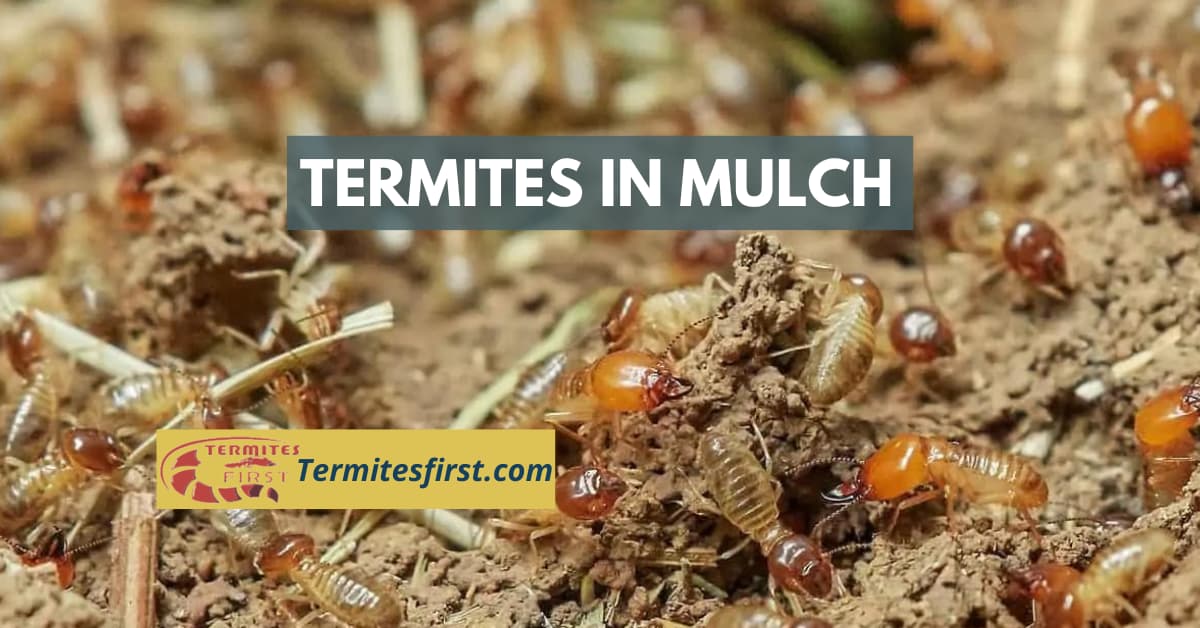
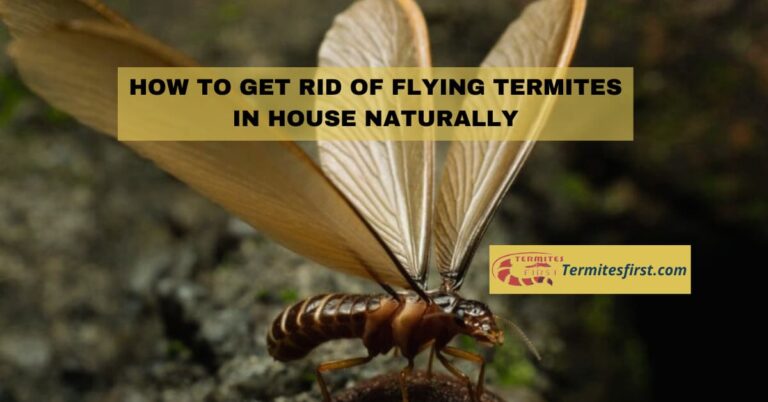
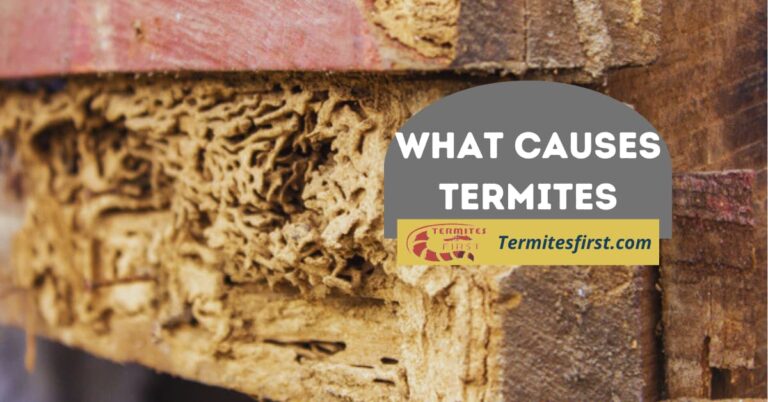
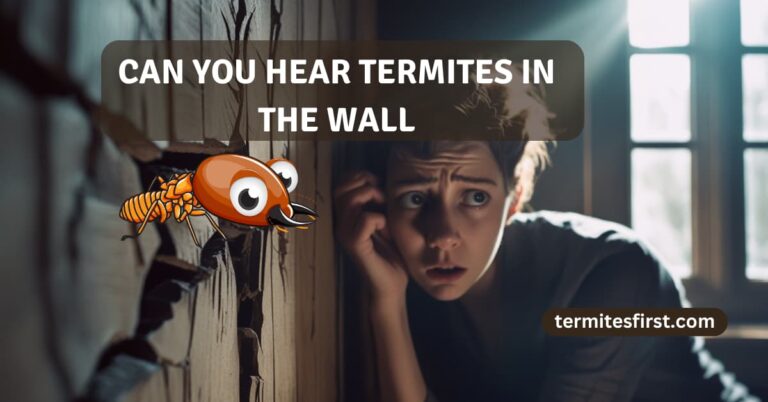
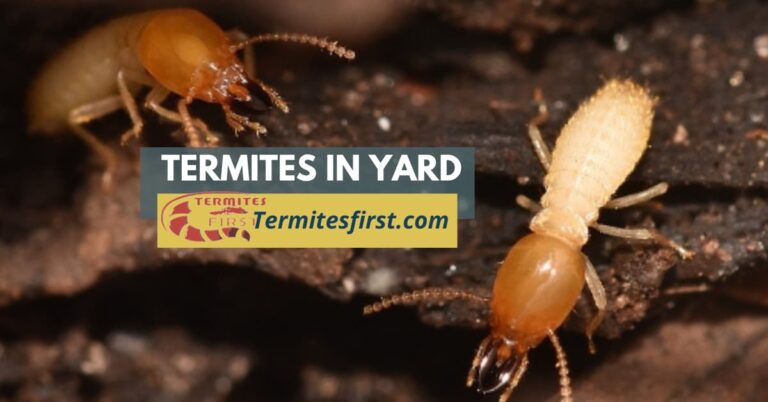
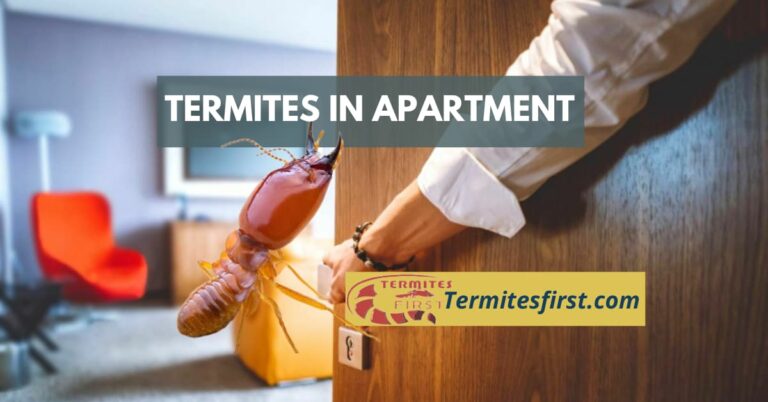
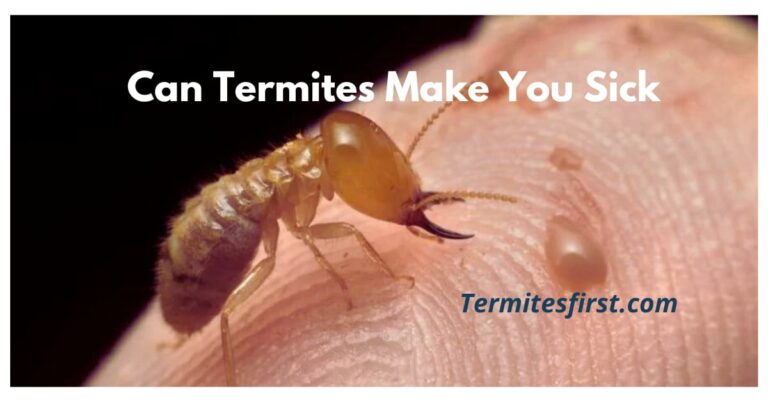
4 Comments